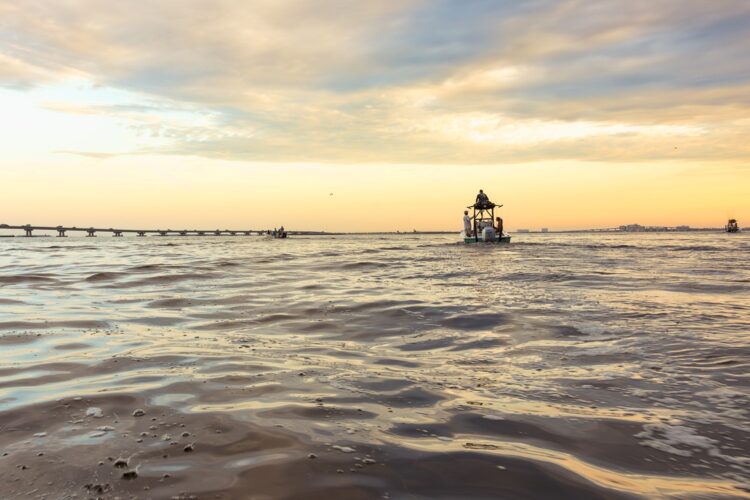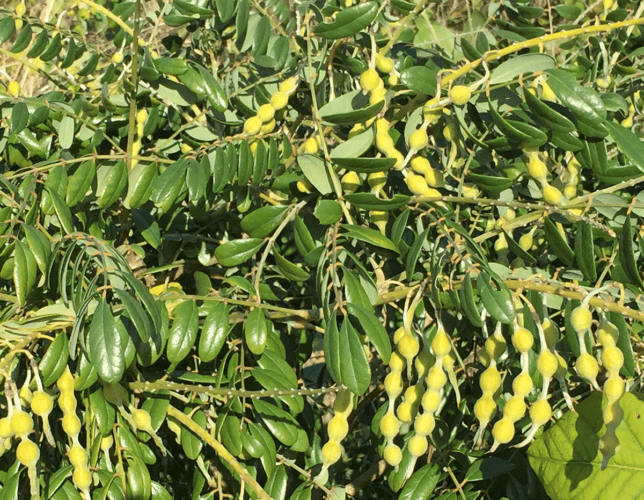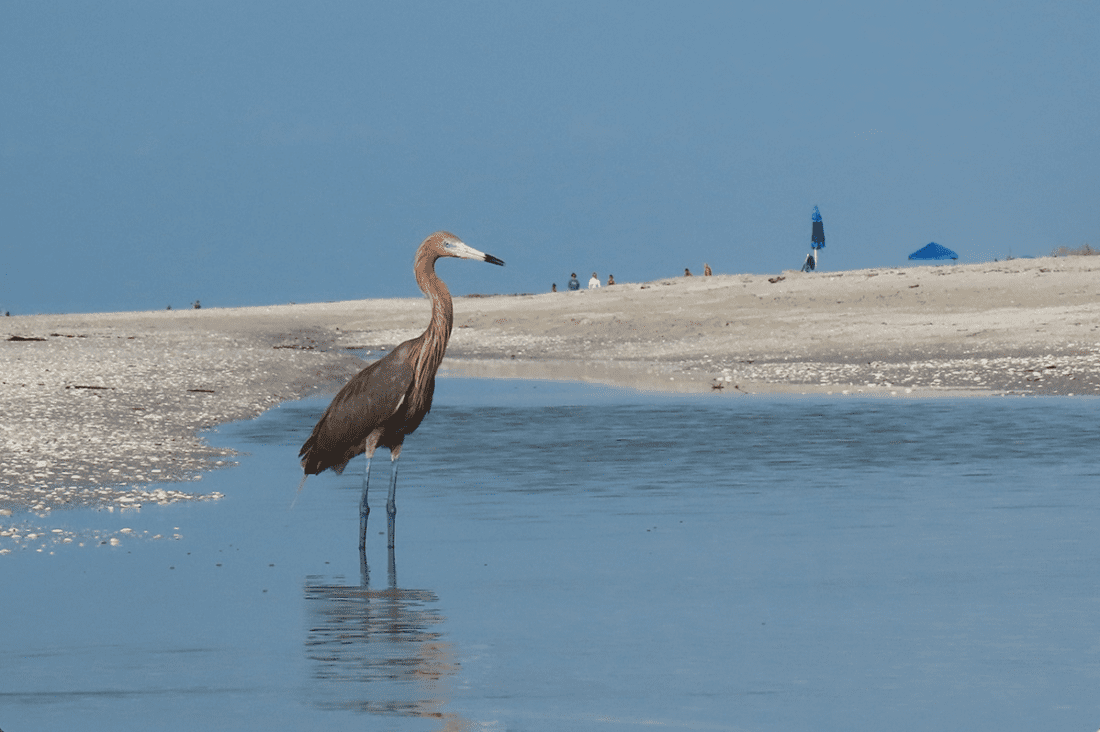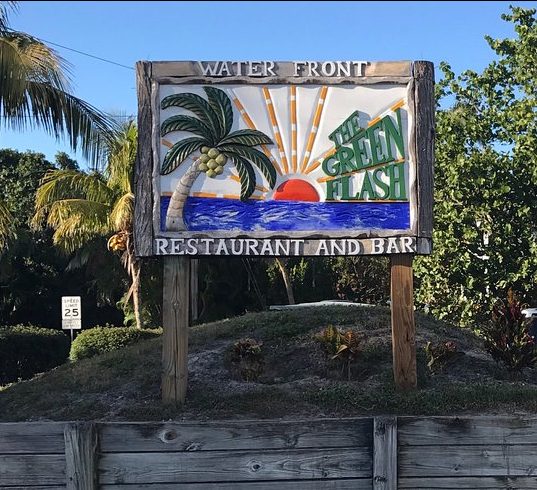The Sanibel-Captiva Conservation Foundation (SCCF) is celebrating the enactment of two critical environmental laws following President Joe Biden’s approval in January. These new laws — the Water Resources Development Act of 2024 (WRDA ’24) and the Fishery Improvement to Streamline untimely regulatory Hurdles post Emergency Situation (FISHES) Act — mark significant progress in protecting water quality, supporting fisheries, and preserving ecosystems in Southwest Florida.
Water Resources Development Act of 2024 (WRDA ’24)
Passed by Congress every two years, WRDA authorizes water projects and research activities across the country. WRDA ’24 brings several benefits to Southwest Florida, focusing on water quality and harmful algal bloom (HAB) mitigation:
- Caloosahatchee River Designation: The Caloosahatchee River is now recognized as a focus area for addressing harmful algal blooms, a vital step for improving local water quality.
- Expanded HAB Demonstration Program: The program now includes the Lake Okeechobee Watershed, aiming to reduce nutrient flow from upstream sources and minimize algal bloom risks.
- Lake Okeechobee Watershed Restoration: Efforts to expedite this project will improve water management, enhancing the quantity and timing of discharges to the Caloosahatchee and St. Lucie Estuaries.
- Western Everglades Restoration Project: Accelerated work on this Comprehensive Everglades Restoration Plan (CERP) project will reconnect and rehydrate the Everglades ecosystem, increasing the flow of clean water southward.
FISHES Act: Supporting Fisheries Workers
The FISHES Act streamlines disaster relief funding for fisheries workers, a crucial measure for Southwest Florida, where many workers have faced delays in receiving Hurricane Ian relief more than two years after the storm.
“This legislation is a significant win for our coastal communities,” SCCF Environmental Policy Director Matt DePaolis stated. “With WRDA ’24 and the FISHES Act, we’ve made great strides toward protecting Southwest Florida’s ecosystems and supporting fisheries that rely on clean water and a healthy environment.”
Protecting Marine Ecosystems from Offshore Development
In addition to these legislative victories, President Biden has taken further action to safeguard marine ecosystems by protecting 625 million acres of ocean from new offshore oil and gas development. This includes the eastern portion of the Gulf of Mexico, a move SCCF strongly supports. The ban aims to prevent potential harm to marine ecosystems, ensuring long-term environmental health and sustainability.
A Bright Future for Southwest Florida
With the passage of these laws and the new offshore protections, Southwest Florida is taking critical steps toward healthier ecosystems and stronger communities. SCCF’s advocacy efforts, in partnership with local and national organizations, highlight the importance of collaborative action to protect our natural resources and support the people who depend on them.
For more information about SCCF’s work or these legislative updates, visit sccf.org.






